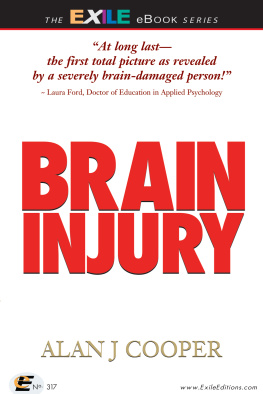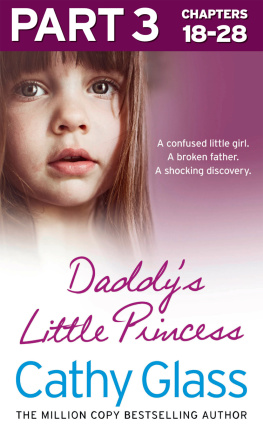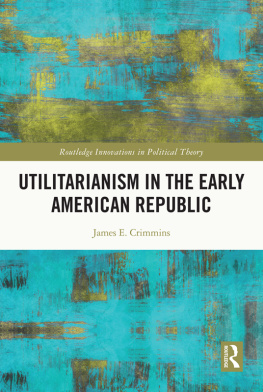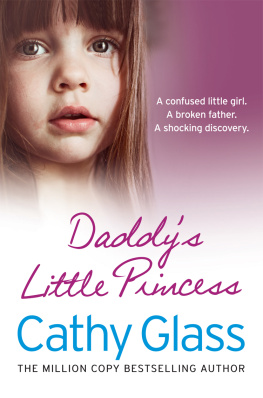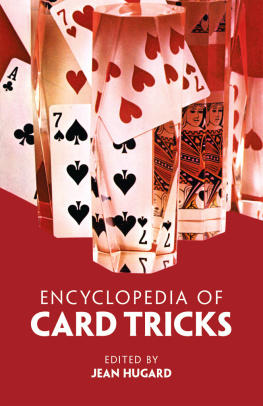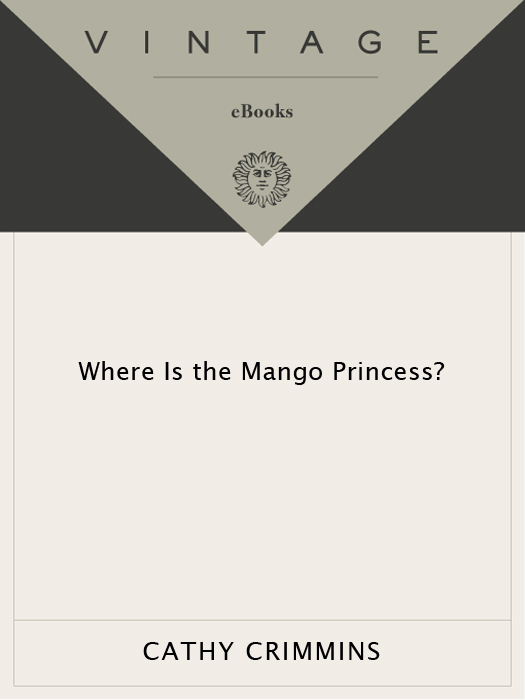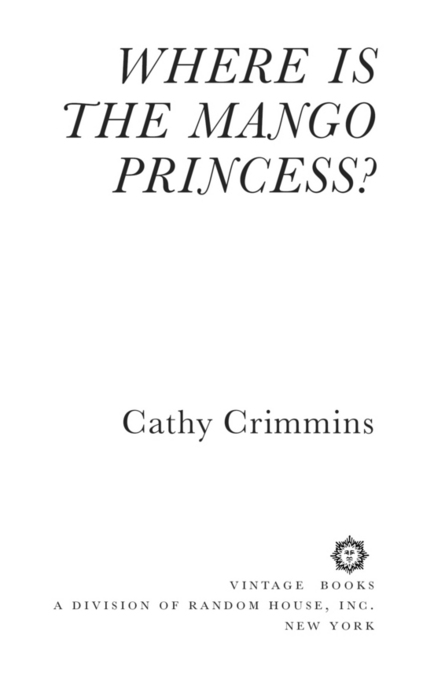Acclaim for Cathy Crimmins
Where Is the Mango Princess?
[Crimmins] deserves our admiration, not least for relating with so much good sense and good humor her incredible ordeal.
The Boston Globe
I could not put this book down. Many of the sensory and social problems people with serious brain injuries have are similar to my autism. I would strongly recommend this to anyone facing a similar situation.
Temple Grandin, author of Thinking in Pictures
I have just finished reading Cathy Crimmins memoir, Where Is the Mango Princess? and feel compelled to persuade everyone to read it as well. Trust me. Its great.
The Plain Dealer
Cathy Crimmins has written a beautiful, heartbreaking book, a book not only about the bleeding, injured brain and its recovery, but a book also, and just as importantly, about the mysterious intersection between personality and chemistry, love and illness.
Lauren Slater, author of Lying: A Metaphorical Memoir, Prozac Diary, and Welcome to My Country
Mango Princess is an enlightening volume. It is a valuable book every page of the way.
San Jose Mercury News
Wry and instinctive. Moments of frustration and grief are leavened by glimpses of the sublime.
New Age
Anyone who experiences or witnesses the arduous route to recovery after serious illness or injury will be informed and inspired by this book.
William J. Winslade, author of Confronting Traumatic Brain Injury: Devastation, Hope, and Healing
Although this brave book was not written as a policy document, it should be required reading for anyone who thinks single-payer, universal health-care systems are inferior to ours and who still believes managed care actually works.
The Philadelphia Inquirer

Cathy Crimmins
Where Is the Mango Princess?
Cathy Crimmins has written several humor books, and her articles have appeared in The Village Voice, Redbook, Parents Digest, Success, Hysteria, and Glamour, among other publications. She received the 2001 Outstanding Book Award in General Nonfiction for Where Is the Mango Princess? from the American Society of Journalists and Authors. Crimmins teaches nonfiction writing at the University of Pennsylvania, and lives in Philadelphia with her husband and daughter.
FIRST VINTAGE BOOKS EDITION, OCTOBER 2001
Copyright2000 by Cathy Crimmins
All rights reserved under International and Pan-American Copyright Conventions. Published in the United States by Vintage Books, a division of Random House, Inc., New York, and simultaneously in Canada by Random House of Canada Limited, Toronto. Originally published in hardcover in the United States by Alfred A. Knopf, a division of Random House, Inc., New York, in 2000.
Vintage and colophon are registered trademarks of Random House, Inc.
The Library of Congress has cataloged the Knopf edition as follows:
Crimmins, C. E.
Where is the mango princess? / Cathy Crimmins.1st ed.
p. cm.
eISBN: 978-0-307-81619-1
1. Forman, AlanHealth. 2. Brain DamagePatientsUnited StatesBiography. 3. Forman, AlanMarriage. 4. Crimmins, C. E.Marriage. 5. Personality
changeCase studies. I. Title.
RC387.5.F67 C75 2000
362.19617481044092dc21
[B] 00-020917
Author photographJerry Bauer
www.vintagebooks.com
v3.1
For Alanpast, present, and future
Contents
Prologue
Accidents divide things into the great Before and After.
Even before his brain injury, Alan had a hard time remembering names, Ill say. Since Daddys accident, I have to work more, I tell our daughter, Kelly. The brain injury community marks time by asking how long someone has been out of injury, the same way bereavement counselors ask how long your loved one has been dead. Six months out, two years out, ten years out.
Out of what, exactly?
Out of the giant crevice that has been exploded into the bedrock of your life.
Heres how I see it: One day, you and your family are hiking across a long, solid plain, when out of the sky comes a blazing meteor that just happens to hit one family member on the head. The meteor creates a huge rift in the landscape, dragging the unlucky one down to the bottom of the crevice it has made. You spend the next year on a rescue mission, helping him climb to the top, but when he gets up there, you realize that he has been greatly changed by the hardship. He doesnt know a meteor has hit him. He will never know, really. He only knows that he has spent a lot of time in a dark, confusing place. He left a lot of stuff behind, the stuff he was carrying with him, down in that big hole, and its impossible to get it all back.
How do you even get him out? Well, you and your family have to jump across the crevice first and then pull him up on the other side of your life. Or you have to stay on the side where you were, drag him out, and then all leap together to the other edge of the crater. Its not easy. The chasm between the old life and the new is wider than you think. You could fall into the darkness yourself, trying to jump across.
And the damned crevice is always there, the bad-luck meteor stuck down inside it. You turn your back on it and go on, across that wide plain of life, again. But along the way you have to tell the improbable story of the meteor. You have to describe the big hole in the ground and the little holes it left behind. You dream about the crevice. You dream about the time before the meteor came down without warning. And you can never again hear about anyone getting hit on the head without knowing it is the beginning of a new and bewildering journey.
Look at what he did with that light, says my husband, Alan, studying a canvas at the Philadelphia Museum of Art. Its the last day of the boffo, much-publicized Czanne exhibit. Supplied with free last-minute tickets from friends, we jump at the chance to get in under the wire, though we know the gallery will be packed. Stories about the citys Czanne-crazed summer had reached us in airless hospital rooms, seeming more like reports from another planet than an event we could actually attend.
Alan has a long history of never going through an art exhibit just once. He circles it two or three times or more, returning to study individual paintings in detail. Ive usually been cooling my heels in the gift shop for twenty minutes by the time he wanders in.
But today a weak, subdued version of Alan leans forward on a cane, gazing at Czannes brushstrokes as he listens to the canned narration clamped onto his head. He has no spare energy to walk around the exhibit more than oncehell have to drink in each painting in one thirsty gulp.
Right now I dont care how long he spends in front of each painting. He can stay there all day, wearing his dorky headset and listening to the droning narrator a couple of times for each picture. Ill wait.
He can still analyze art! I think. A revelation, like the one only a few weeks before: He can still read!
The brain is an amazing organ. The three-pound blob keeps lots of great information up there, like the lyrics to the


